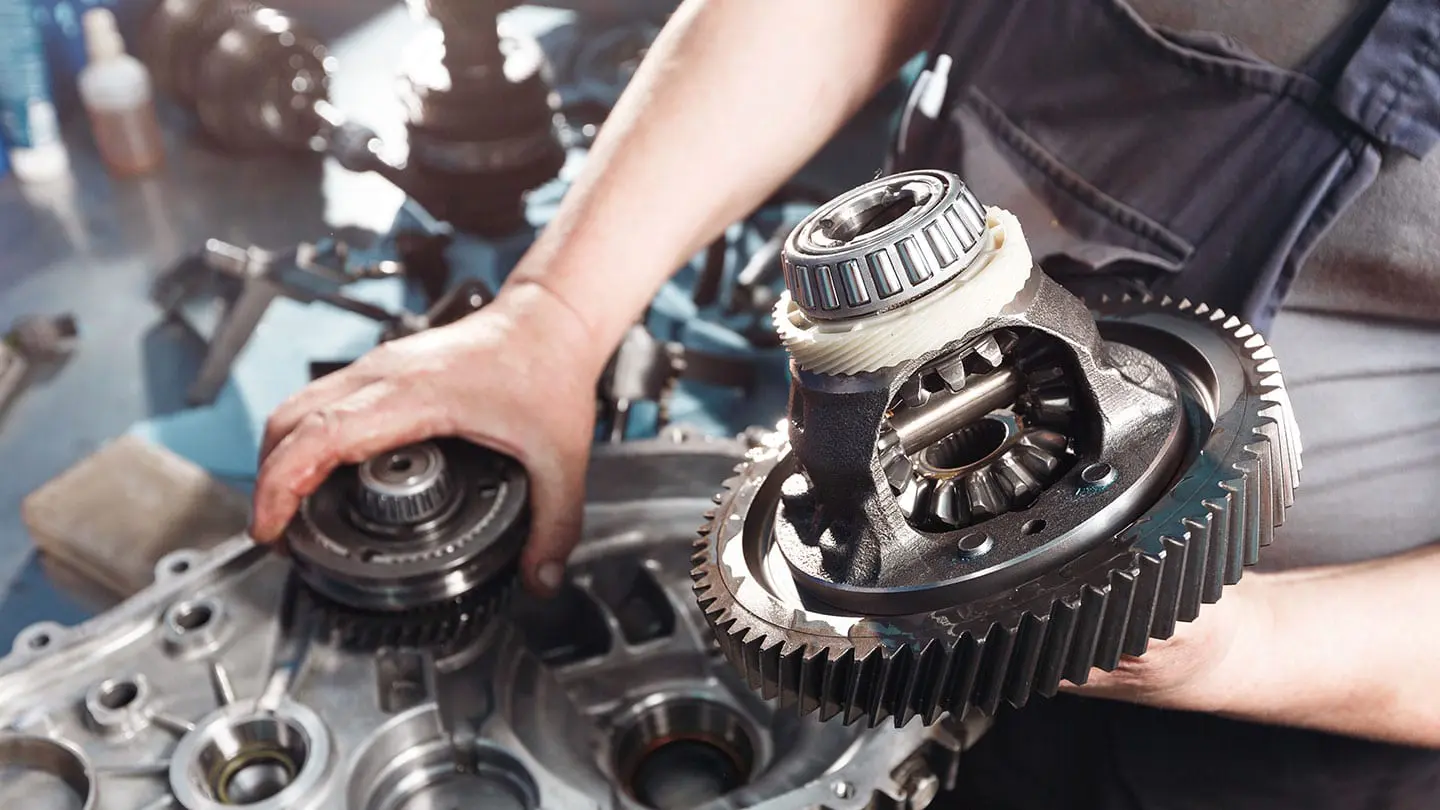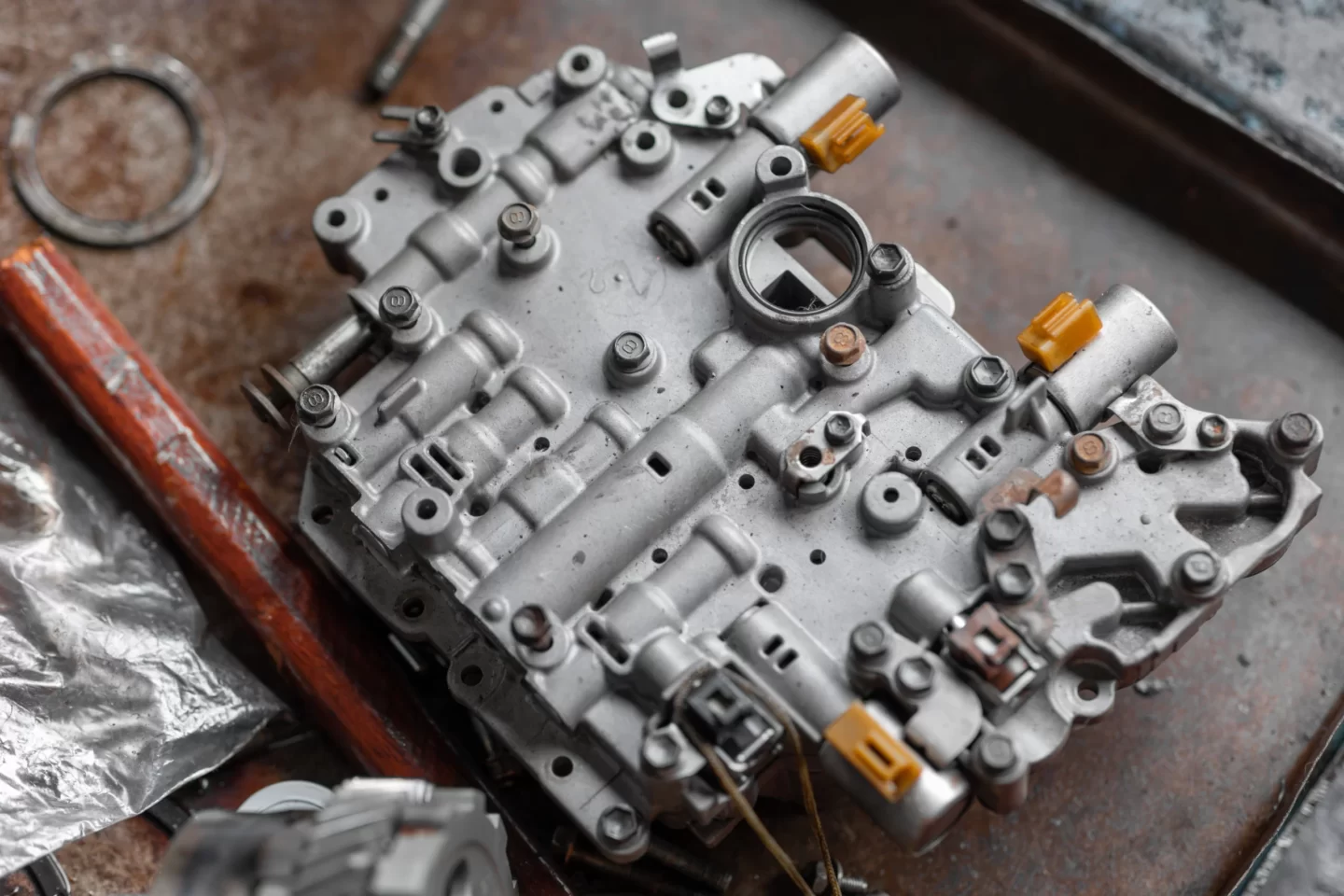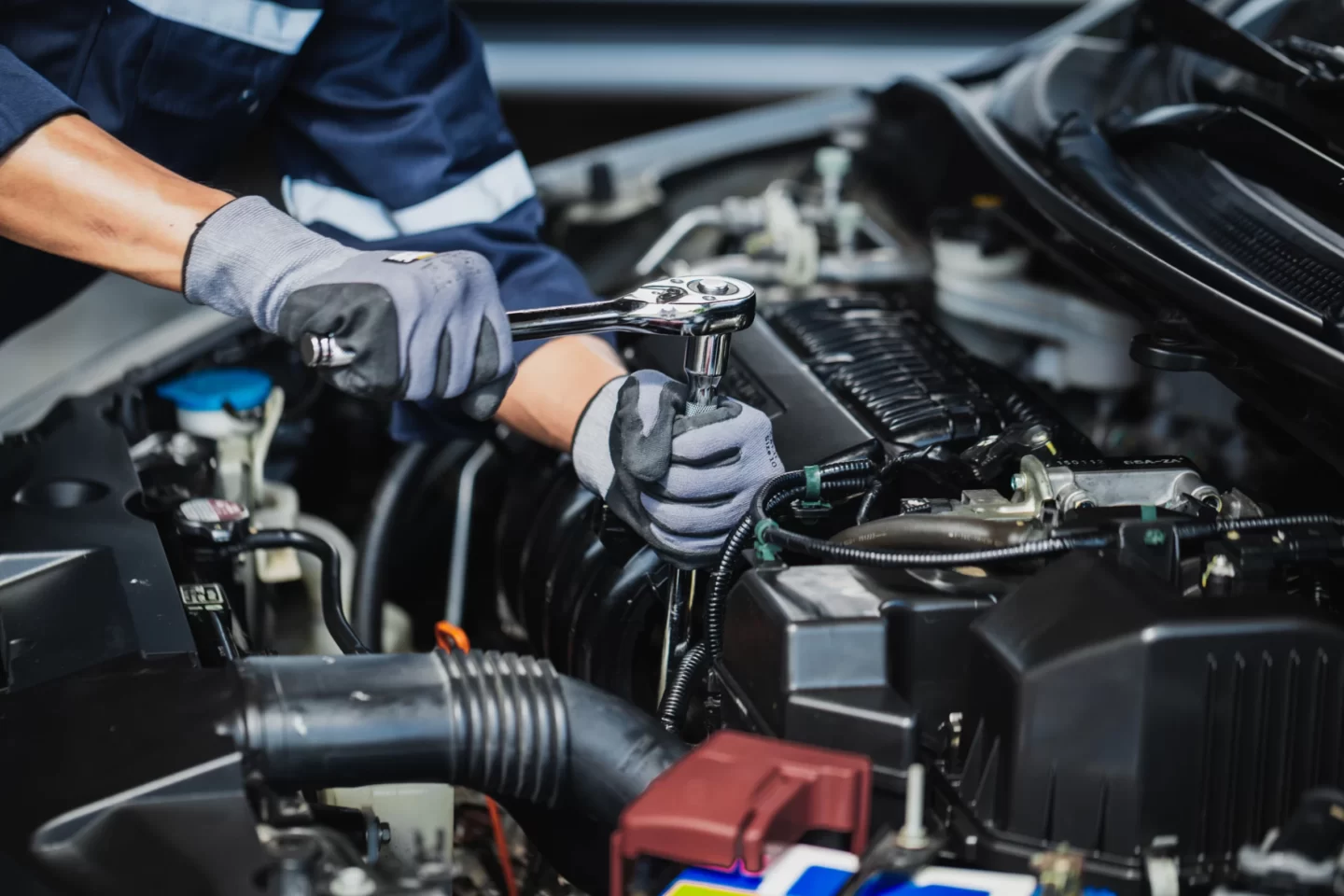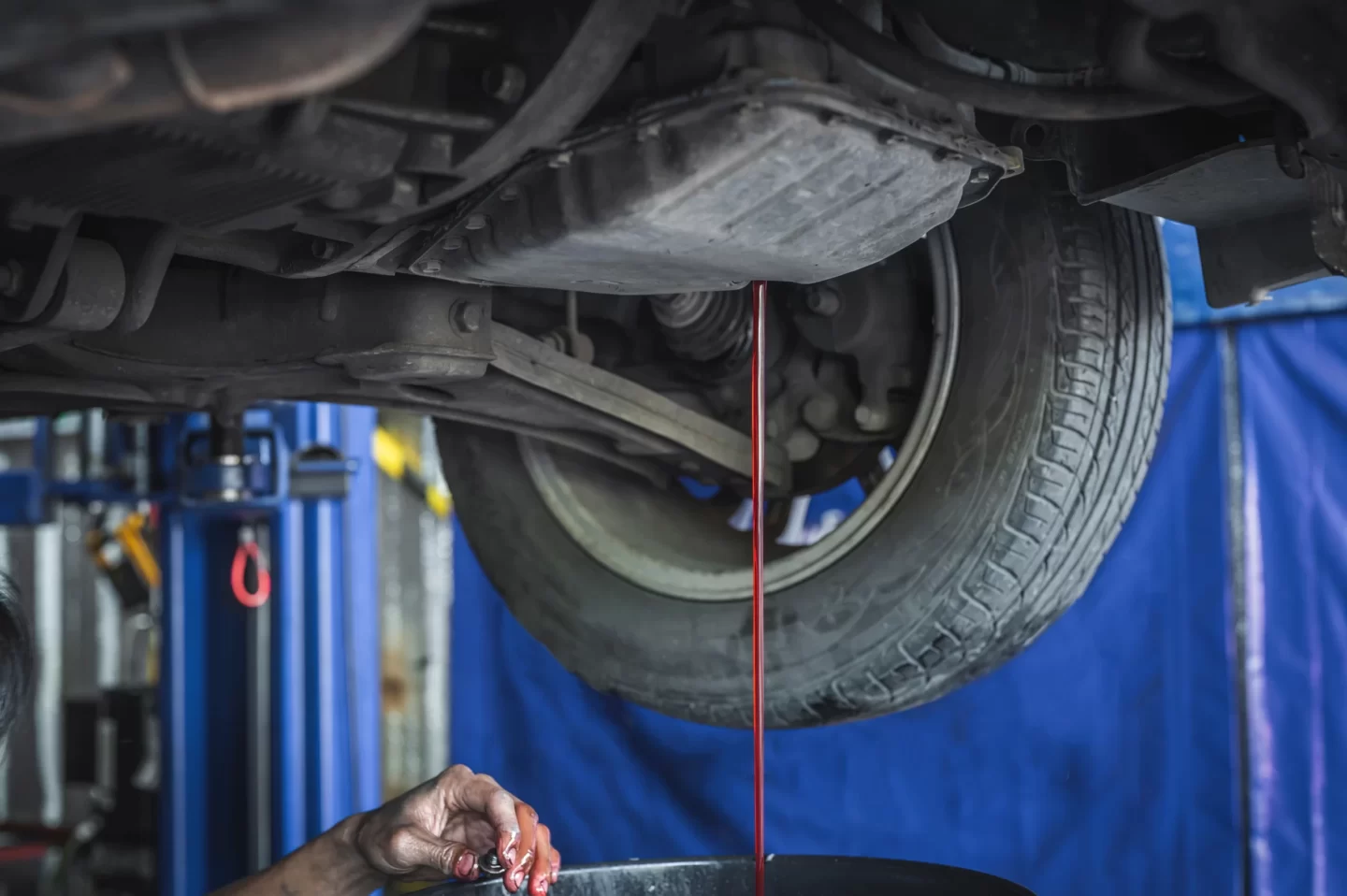The Top 6 Worst Automatic Transmissions Ever
A car is much more than mere conveyance. It is a reflection of who we are and what we value. What we drive is often the first thing someone new will notice, so you want to make sure that you purchase an automobile that has everything you require. A dependable transmission is a major requirement. You won’t want to end up on the list of worst automatic transmissions ever.
When it comes to modern cars, one major invention revolutionized the driving experience: the automatic transmission. Instead of having to manually change the gears as the car accelerated, these transmissions would do the work for you. But there were a lot of mistakes on the road to developing a reliable, fully automatic transmission.
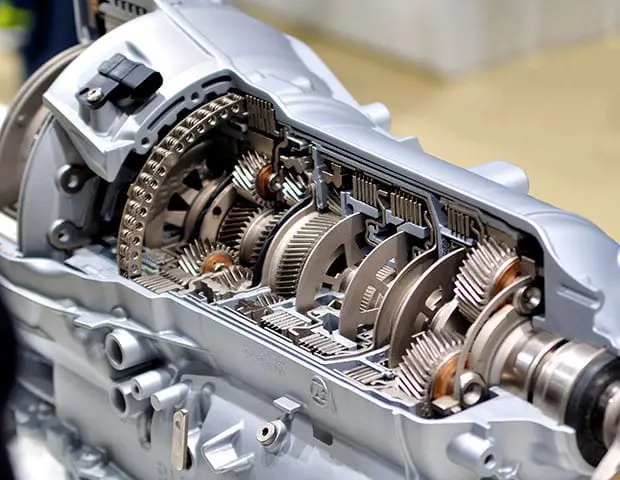
The story of the automatic transmission as we know it began in 1934. Developed by Michigan automobile manufacturer, REO, the Self-Shifter needed a clutch pedal to change directions. But other than going into forward or reverse, the clutch was not required.
The biggest problem with the design of this early automatic transmission was that the shift always occurred at the same exact speed. This was detrimental to both the vehicle’s performance and fuel economy.
In 1940, General Motors introduced the first truly automatic transmission that didn’t need a clutch for anything. The new four-speed Hydra-Matic was put in Oldsmobile vehicles. It could shift at a variety of speeds, like the automatic transmissions of today.
Today, few transmissions are manufactured in-house by individual car companies, like they were original. It took time to learn how to design an automatic transmission that would work reliably, and there were some real stinkers along the way. While all transmissions are susceptible to problems, some are known for being nothing but trouble. Here are the top six worst automatic transmissions ever made in America.
GM Roto Hydramatic 375 "Slim Jim"
Used in Oldsmobile and Pontiac vehicles from 1961 to 1964, this transmission was developed as an improvement to the original Hydra-Matic. It was intended to lower production costs, decrease the unit’s size and weight, and make the operation smoother.
Unfortunately, this transmission turned out to be one of the most undependable transmissions ever manufactured. Failures happen on a regular basis. It had a fluid coupling that filled, then emptied, in order to shift. This was a complex issue that proved problematic.
Chevrolet's TurboGlide and Buick FlightPitch
These transmissions were both developed by General Motors and use the same technology. Made for Chevrolets from 1957 to 1961 and Buicks from 1958 to 1959, these two transmissions used torque converters made of multiple turbines. Each of these was connected to a gear train. As one turbine stopped, another took up the slack.
Buick stopped production on the complex FlightPitch after only two years. Chevrolet kept manufacturing the TurboGlide for three years longer, trying and failing to make improvements.
General Motors Turbohydramatic 200
For a lighter three-speed Chevrolet Vega or six-cylinder Chevy Nova, this automatic transmission improved performance. However, put the same transmission in almost all U.S. 1976 to 1980 full-size GM cars using V-8 engines, and you create a problem with the vehicle’s liability. When they placed these same transmissions with V-8 diesel engines, the troubles multiplied.
Fordomatic Two-Speed
This was basically Ford’s version of the Chevrolet Powerglide, a two-speed automatic transmission. But this cheap copy would make the Ford Falcon famous, but not in a good way.
In 1960, Ford introduced the new compact Falcon. This little gem had a 144-cubic-inch, 85-horsepower six-cylinder engine but only two forward speeds. This wide gap meant that the Falcon would faceplant over and over. Plus, it was so slow.
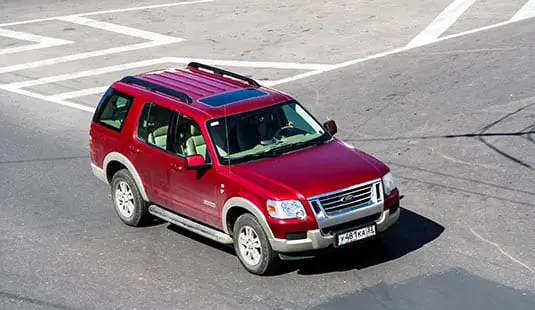
Ford Explorer
First introduced in the 1990s, the Ford Explorer was very popular, but this SUV had plenty of problems. One of the biggest issues was the transmission.
Smaller than the full-size Ford Bronco, the Explorer got better gas mileage and included luxuries not found in bigger SUVs. But, after a few years, the problems began. In 2002, the Explorer turned into the most problematic automobile ever, after issues with the transmission became obvious.
The problem was that the transmissions used in the 2002 to 2004 Ford Explorers deteriorated internally. The company had to replace thousands of automatic transmissions for their customers.
Honda Civic
While it is one of the world’s best-selling cars, the Honda Civic has a bad reputation. It has a tendency to activate the “check engine” light just before its transmission fails. The problem is not with the light, however, but with its automatic transmission.
Civic owners discovered that when the mileage reached about 60,000 miles, its transmission begins to fail. What begins as a hesitant acceleration soon becomes hesitation to move. The engine will rev but the transmission does not kick into gear.
The worst of the Honda Civic transmissions are the models from 2001 to 2005. However, other models could have transmission trouble, though on a lesser scale.

